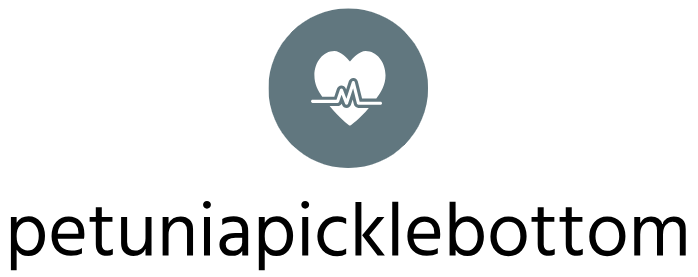
Predicting the Next Economic Boom New Forecasting Tools
The Rise of Big Data in Economic Forecasting
For decades, economic forecasting relied heavily on traditional econometric models, often lagging behind real-time economic shifts. These models, while valuable, struggled to incorporate the sheer volume and variety of data now available. The advent of big data analytics has changed this dramatically. We can now analyze massive datasets – encompassing everything from social media sentiment to satellite imagery of construction activity – to gain a much more nuanced and timely understanding of economic trends. This allows for the identification of leading indicators that might have been missed using older methods.
AI and Machine Learning: Predicting the Unpredictable
Artificial intelligence and machine learning algorithms are proving invaluable in sifting through this ocean of data. These algorithms can identify complex patterns and relationships that would be impossible for humans to discern manually. By training these algorithms on historical economic data, we can develop predictive models capable of forecasting economic fluctuations with greater accuracy and speed. This includes identifying potential risks and opportunities much earlier than traditional methods allowed.
Alternative Data: Beyond Traditional Economic Indicators
Traditional economic indicators, like GDP growth and inflation rates, provide a valuable but incomplete picture of the economy. Alternative data sources, such as credit card transactions, mobile phone location data, and online search queries, offer a real-time view of consumer behavior and business activity. By combining these alternative data streams with traditional indicators, we can create a richer and more comprehensive understanding of the economic landscape. This allows for a more granular understanding of localized economic activity.
Sentiment Analysis: Gauging Public Confidence
Public sentiment plays a significant role in shaping economic activity. Sentiment analysis techniques, which use natural language processing to analyze text data from sources like news articles, social media posts, and online reviews, can provide insights into consumer and investor confidence. A surge in positive sentiment can indicate potential growth, while a downturn in sentiment might foreshadow a slowdown. This adds a valuable human element to the purely quantitative data.
Scenario Planning: Navigating Uncertainty
The future is inherently uncertain, and economic forecasting is no exception. To account for this uncertainty, advanced forecasting tools now incorporate scenario planning techniques. These techniques involve constructing multiple plausible scenarios based on different assumptions about future events, allowing economists to assess the potential impact of various risks and opportunities. This proactive approach helps businesses and governments prepare for a range of possible outcomes.
The Human Element: Expertise Remains Crucial
While advanced forecasting tools are powerful, they are not a replacement for human expertise. The best economic forecasts are those that combine the insights of experienced economists with the capabilities of sophisticated analytical tools. Human judgment is still needed to interpret the results of these tools, to identify potential biases, and to integrate qualitative factors that are difficult to quantify. The human touch ensures the models remain relevant and insightful in interpreting the complex economic picture.
Challenges and Limitations: Refining the Process
Despite the significant advancements in forecasting technology, challenges remain. Data quality is crucial, and ensuring the accuracy and reliability of the data used in these models is paramount. Furthermore, these models can only predict based on past patterns, and unexpected events like global pandemics or geopolitical shocks can significantly disrupt their accuracy. Constant refinement and adaptation are necessary for improved forecasting capability.
The Future of Economic Forecasting: A Collaborative Approach
The future of economic forecasting likely involves a collaborative approach, combining the power of big data analytics, AI, and alternative data sources with the judgment and expertise of human economists. By continually refining these tools and addressing their limitations, we can create more accurate and timely forecasts, enabling better decision-making for businesses, governments, and individuals alike. This collaborative approach to economic forecasting will become ever more important in a rapidly changing world. Read more about uses of economic forecasting.


















